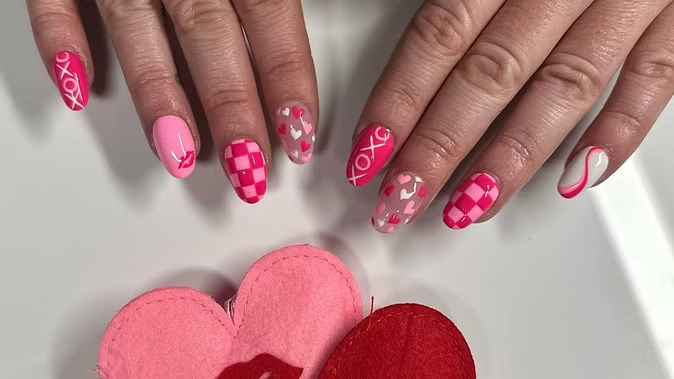South actress Mamta Mohandas has revealed that she has the autoimmune disorder vitiligo. She gave this information through Instagram on Sunday (January 15). She also posted many selfies. During this, she is seen sitting on a chair in the garden with a cup of black tea. She is wearing a black crop top, jacket and jeggings.

Mamta Mohandas expressed her pain
Mamta Mohandas wrote in her post, 'I hug you now like I have never done before. So see, I'm losing color... I wake up to you every morning, to see you through the haze as my first ray. Give me everything.. because I will always be indebted to your kindness.
Vitiligo occurred after defeating cancer
Mamta Mohandas, 38, has worked in many films in Malayalam, Tamil, Telugu, and Kannada languages. She was diagnosed with Hodgkin's Lymphoma cancer in the year 2009, and her disease returned in 2013, which was treated in Los Angeles, USA. But the difficulties of this actress are not going to end. Now at the beginning of 2023, she has been diagnosed with Vitiligo disease.

What is vitiligo?
According to the American Academy of Dermatology, vitiligo is a disorder that causes the skin to lose its color. This skin disease can affect anyone. According to the National Institute of Arthritis and Musculoskeletal And Skin Diseases, people whose skin tone is dark, see more white spots during this disease. come. In this, the skin of the hands, knees, feet, back, and face becomes milky white.
Why do white spots happen?
Scientists believe that vitiligo is an autoimmune disease in which the body's immune system attacks and kills melanocytes. Sunburn, mental distress, or chemical exposure can all initiate or aggravate vitiligo. Apart from this, scientists believe that if there is a history of this disease in your family, then your chances of getting it also increase.

What is the treatment for Vitiligo?
Scientists around the world have not yet found a cure for vitiligo, however, there are several treatment options available to help reduce the appearance of white skin patches. Nondrug and nonsurgical treatments include makeup and self-tanners, which can hide white spots, and hair dye, which can darken gray or white hair back.










